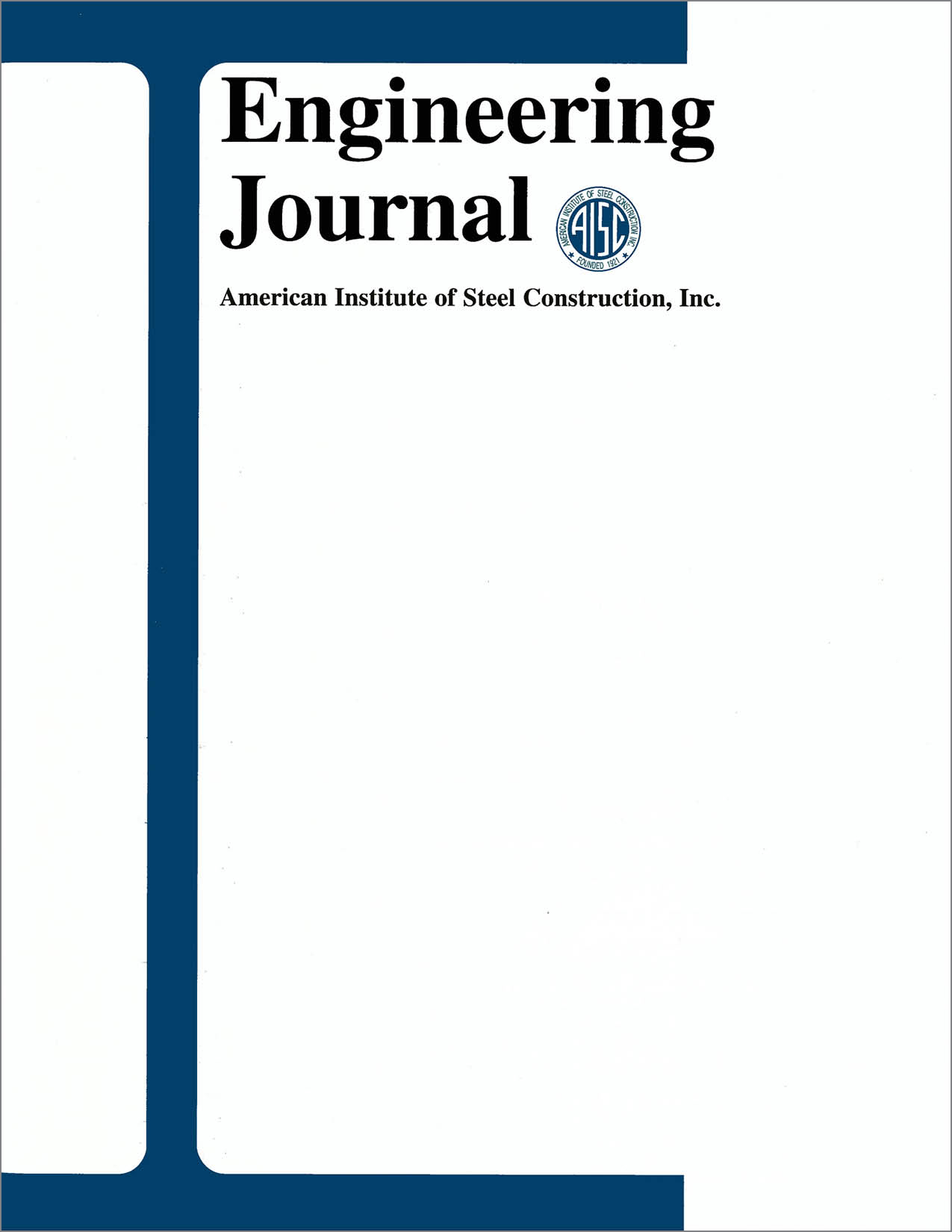Design Recommendations for Bolted Rectangular HSS Flange-Plate Connections in Axial Tension
DOI:
https://doi.org/10.62913/engj.v40i1.799Abstract
In recent years the use of closed sections/tubes as structural members has increased significantly. Designers all around the world approve of the advantages that round as well as rectangular hollow structural sections (HSS) can offer, such as uniform strength and stiffness independent of the loading direction, high torsional and buckling strength and the aesthetic appearance. Splicing structural members is a common practice in construction to allow for long spanning trusses, changes in cross sections and transportation to site, to name but a few. The results of an experimental investigation of four bolted flange-plate connections between rectangular hollow structural sections, with bolts on all four sides, have been presented. A brief overview of different design methods for bolted flange-plate connections for square and rectangular hollow structural sections under tension load has also been given. A comparison of the load predictions of the various methods for the specimens in the experimental program supports the use of the design procedure that can be found in the AISC HSS Connections Manual (AISC, 1997).

